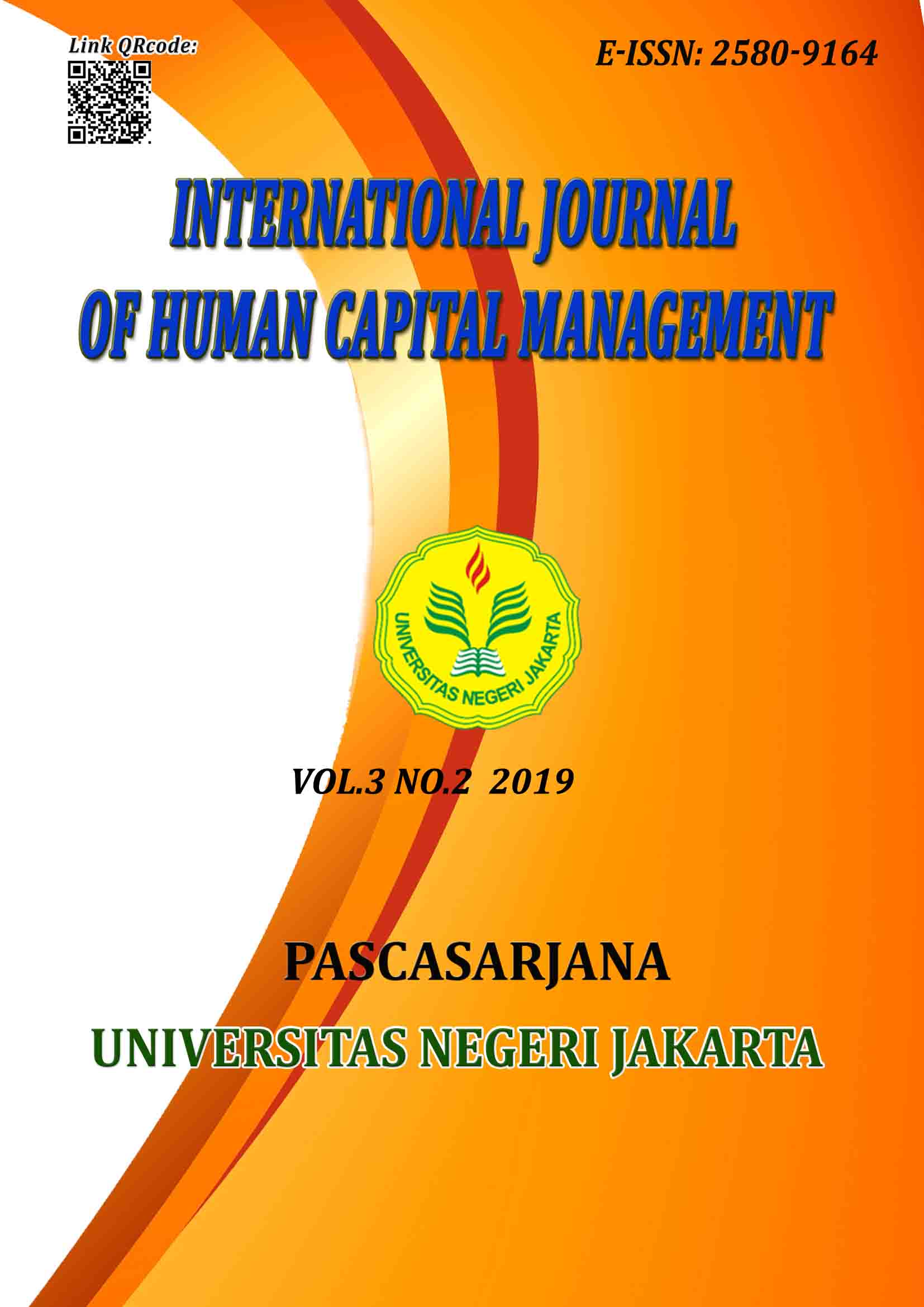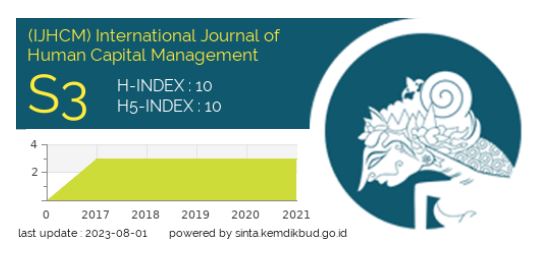Influence of Supportive and Directive Leadership Styles on Employee Job Satisfaction in Commercial Banks in Kenya
DOI:
https://doi.org/10.21009/IJHCM.03.02.05Keywords:
Keywords: Directive Leadership, Supportive Leadership, Path-Goal Leadership Styles, Employee Job Satisfaction.Abstract
Abstract
Purpose: The purpose of the study was to investigate the influence of supportive and directive leadership style on employee job satisfaction in commercial banks in Kenya.
Methodology: The study adopted positivism research philosophy to guide the study and limited itself to descriptive correlational research design to analyze and provide responses to the research questions. The research design was preferred because it allows description and comparison of characteristics of populations based on data collected from samples through questionnaires. The target population of the study was 15,030 employees in all the 43 commercial banks licensed to operate in Kenya as of June 2018. Using stratified sampling technique, the study drew a sample size of 386 employees reporting to middle level managers. Data was collected by means of a questionnaire and analyzed using descriptive and inferential statistics, which included factor analysis, correlational analysis, chi-square, one-way analysis of variance (ANOVA), and regression analysis using Statistical Package for Social Sciences (SPSS) version 20 and Windows’ Microsoft excel programs.
Results: From the findings of multiple linear regression analysis, it was established that directive leadership style had a positive and significant relationship with employee job satisfaction, R2 = .228, F(1, 362) = 53.396, p < .05; β = .454, p < .05. The results from multiple linear regression analysis also showed that supportive leadership style positively and significantly predicted employee job satisfaction, R2 = .603, F(1, 366) = 278.269, p < .05; β = .716, p < .05. In addition, the study tested the moderating influence of environmental contingency factors and was confirmed that environmental contingency factors significantly moderated the relationship between path-goal leadership style and employee job satisfaction, R2=0.090, F(5,364) = 35.04, p < .05; β= 0.229, p<.05.
Unique contribution to theory, practice and policy: The study makes a contribution to the literature of the influence of directive and supportive leadership styles from Kenyan commercial banks’ perspective and adds an impetus to employees, management and policymakers to address issues that are impeding employee job satisfaction. The future researchers should include all bank employees in their study to determine the influence of directive leadership style and supportive leadership style on employee job satisfaction.




